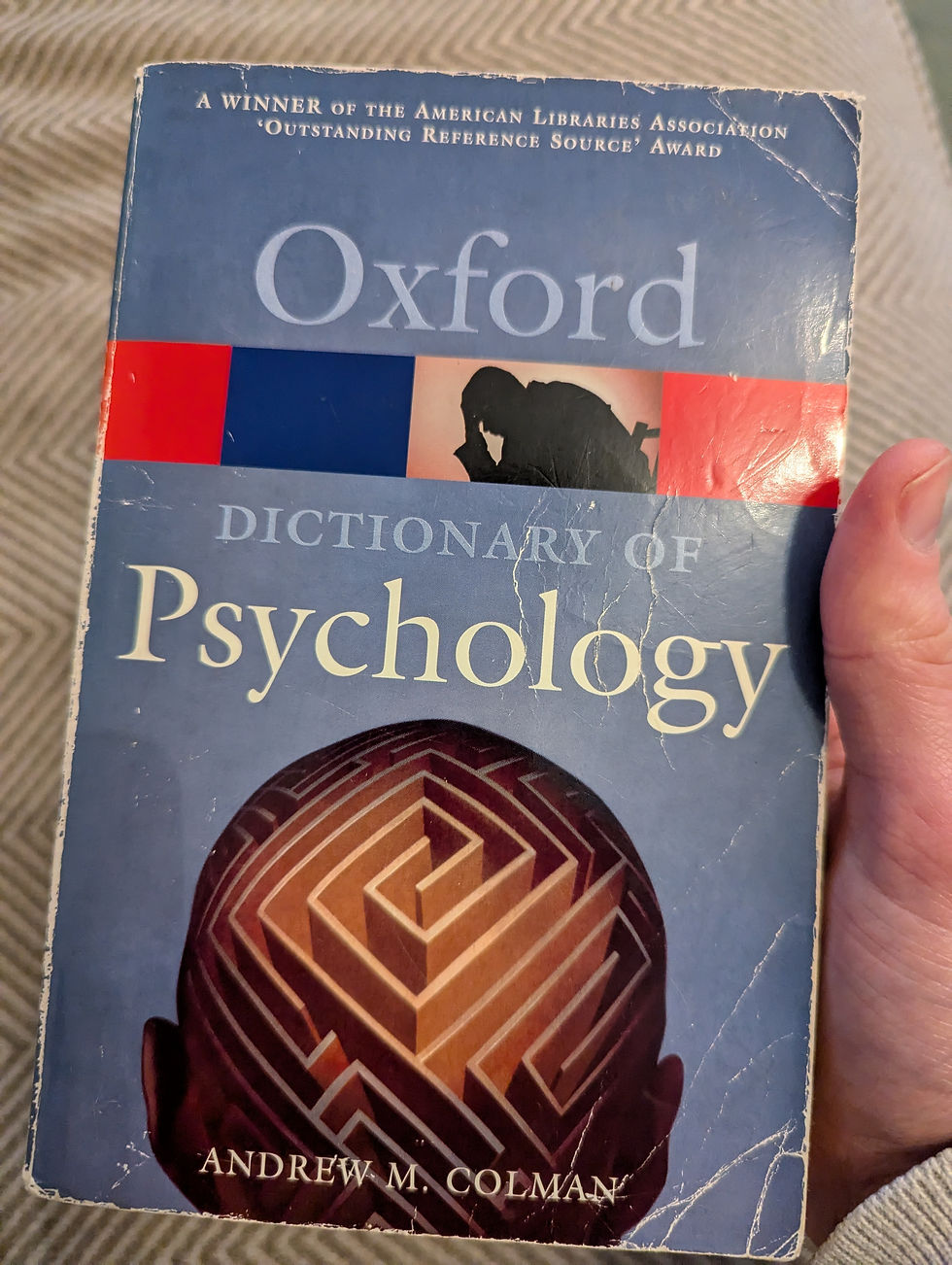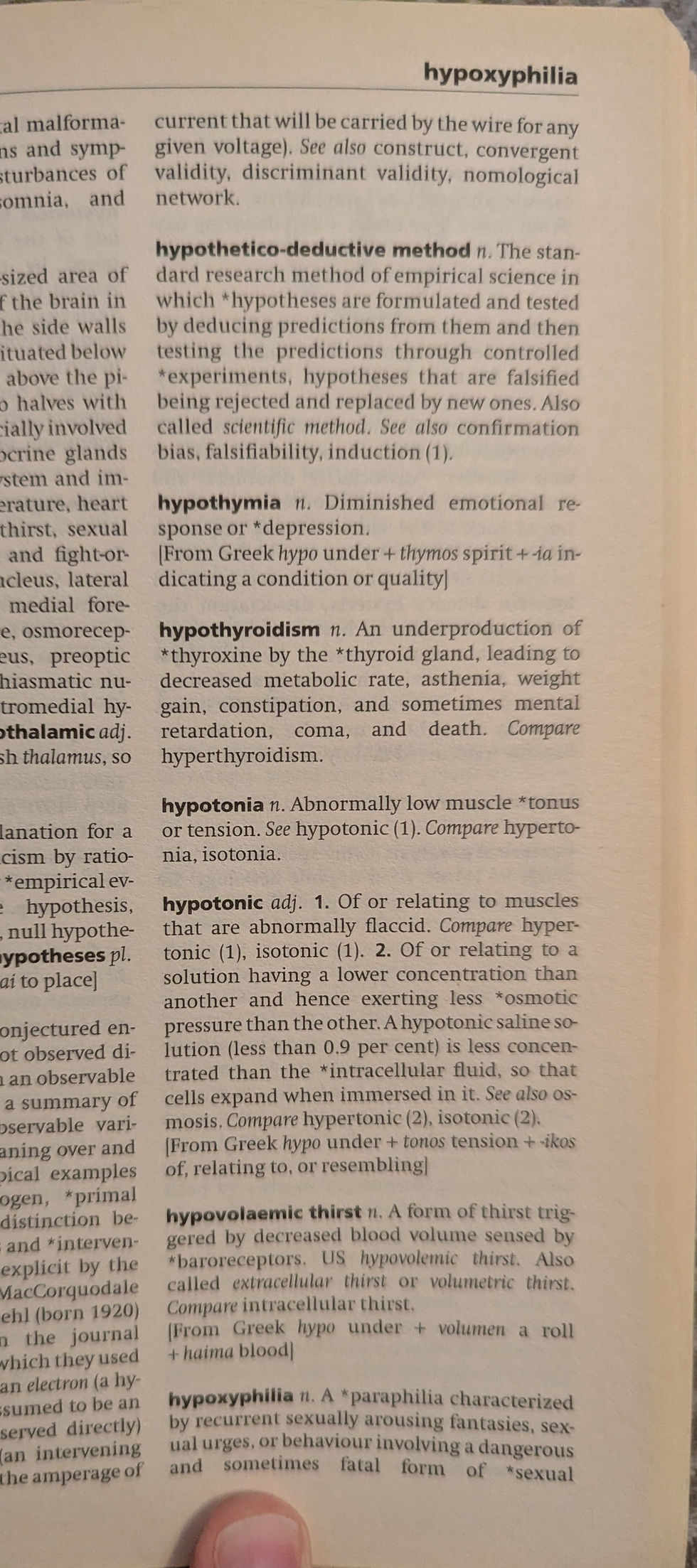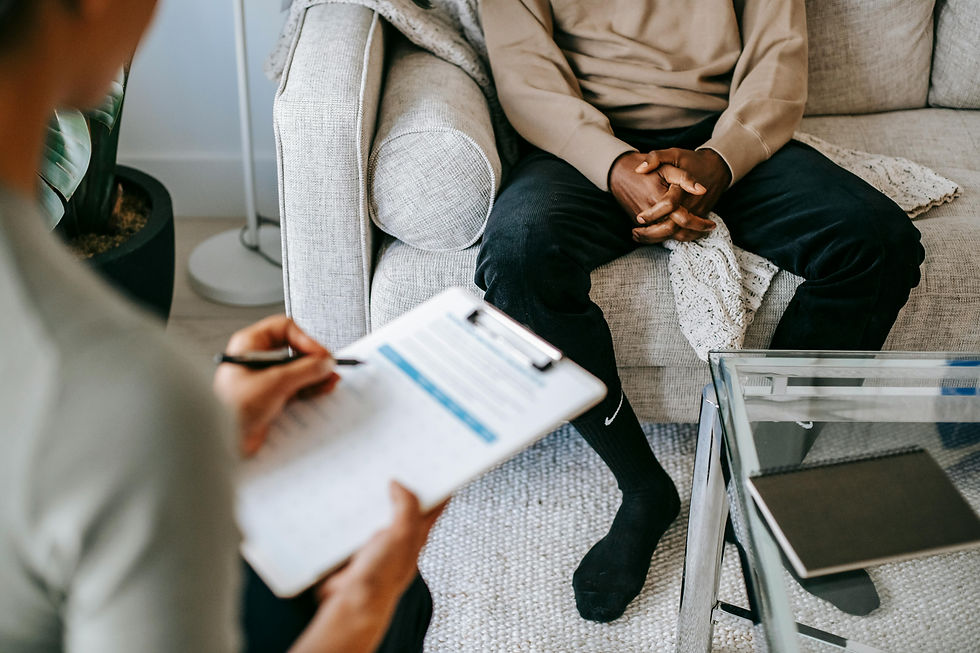Can Videogames Cure Phobias?
- Graham Walker
- Jan 16
- 11 min read
What Does Therapy Teach Us About A Role of Gaming
by Graham Walker; Professional Psychotherapist and Video Game Lover

Tags: Fear, phobias, videogames, arachnophobia, CBT, psychotherapy
It’s weird, but being a psychotherapist was the first thing I remember wanting to be- and that was from the nothing age of 12! I had not had any particular thoughts about careers before then, but one day at school I was listening to my friend talk about something he was stressed about and in that moment a lightbulb went off and I knew that I wanted to listen to people’s problems as a job. It might seem a strange choice for a 12-year-old and to some extent it was, but the job just suits my personality to a tee and I think on some level I understood that even then.

Despite this I didn't study psychology- what I saw as a first step on the path to becoming a therapist- until university, as it just wasn’t offered at my college (i.e. UK Sixth Form). I remember turning up to a year 1 university lecture about Pavlov and my friends in the lecture theatre saying “Here we go. Pavlov again!”, to which I replied “who’s Pavlov?”
I asked this in complete earnestness, and they just looked at me incredulously- in utter disbelief that someone studying psychology at university did not know who Ivan Pavlov was. After they finished looking incredulous suffice to say they laughed pretty hard about it. Obviously, now, I see how seminal the work of Pavlov was and have mentioned him in one of my previous articles on phobias, here.
“I have some catching up to do!”, I said to myself, realising in that moment there was a lot I did not know compared to others.
Because of this, I looked at our recommended reading for the year and scanned the list of books with no real direction, but the book “The Oxford Diction of Psychology” by Andrew Coleman jumped out at me. I think my sense was that if I learned enough about the basic terms of psychology that I would catch up. Looking back, this idea seems completely backwards to me now but at the time I didn’t know what else to do.

I went to our university’s book shop and picked up the dictionary. It was a thick book, bulging with text from cover to cover, with barely a single illustration, graph, chart or diagram in sight! I have always loved words in general and this book seemed amazing to me. I remember opening the book, just randomly, to see what kind of secrets the book held. I vividly remember the first word I read was:
"hypoxyphilia n.
A paraphilia characterized by recurrent sexually arousing fantasies, sexual urges, or behaviour involving a dangerous and sometimes fatal form of sexual masochism in which self-stimulation is sought by oxygen deprivation through the use of a noose, ligature, plastic bag or chmical substance (such as amyl nitrite).
[From Greek hypo under + oxy denoting oxygen = philos loving, from phileein to love + -ia indicating a condition or quality]"*
Whoa! What is this book?!

Perhaps I had lived quite a sheltered life (scratch that- I had lived a pretty sheltered life) up until that point at 18 years old, but this was one of the wildest things I had ever seen written down. I was immediately enamoured with this book. Genuinely, as preparation for exams and to learn more about psychology, I would just spend hours writing out the books contents. I would look through pages; highlight words that seemed interesting or important and then re-write the whole definition out myself by hand with pen and paper!
How I thought that this would be helpful I have no idea, but I passed that first year of psychology and slowly improved my learning and revision practices. During that time though ‘The Oxford Dictionary of Psychology’ was my Bible. One of the things that I loved most about the book, is a sort of appendix towards the back of the book that was a full list of known phobias. Not just common ones, but virtually every phobia ever documented. Pogonophobia (The phobia of beards), thanatophobia (dear of death and dying), arachibutyrophobia (The fear of peanut butter getting stuck to the roof of your mouth), paraskevidekatriaphobia (The fear of Friday the 13th- the day not the film). I could list phobias for hours still now. I thought this list was the absolute bees knees. I just totally loved learning about all these weird and wonderful phobia types. Wonderful might be an odd word to use for experiences that people find horrifying but that is how it felt to me reading about them!
It seems so odd looking back at that, having now been trained in Cognitive Behaviour Therapy and exposure therapy and treating phobias on a regular basis. Somewhat sadly, not many cases of pogonophobia, or batrachophobia (Fear of amphibians), or chionophobia (Fear of snow) or any of the more obscure phobias come up. But, working with phobias is fairly common anyway and can be treated really successfully; and enjoyably from my perspective. Seeing someone go from being crushed with terror and their life being- at times- very restricted to being able to manage in situations which once terrified them and being able to live much more free, meaningful lives is very satisfying work.
We all have a reasonable mental concept of what a phobia is; being absolutely petrified of something. And this does get at the main thrust of the idea certainly, but if you read my previous article, that noted that I consider myself to have a fear of spiders but not a phobia, we see that the definition encompasses more than that.
The book which sets out the list of all identified mental disorders and their symptomatology is called ‘The DSM-5’ for short and sets out the following criteria for ‘specific’ or what is sometimes called ‘simple’ phobias:
“A. Marked fear or anxiety about a specific object or situation (e.g., flying, heights, animals,
receiving an injection, seeing blood).
Note: In children, the fear or anxiety may be expressed by crying, tantrums, freezing, or
clinging.
B. The phobic object or situation almost always provokes immediate fear or anxiety.
C. The phobic object or situation is actively avoided or endured with intense fear or anxiety.
D. The fear or anxiety is out of proportion to the actual danger posed by the specific object or
situation and to the sociocultural context.
E. The fear, anxiety, or avoidance is persistent, typically lasting for 6 months or more.
F. The fear, anxiety, or avoidance causes clinically significant distress or impairment in social,
occupational, or other important areas of functioning.
G. The disturbance is not better explained by the symptoms of another mental disorder,
including fear, anxiety, and avoidance of situations associated with panic-like symptoms or
other incapacitating symptoms (as in agoraphobia); objects or situations related to obsessions
(as in obsessive-compulsive disorder); reminders of traumatic events (as in posttraumatic
stress disorder); separation from home or attachment figures (as in separation anxiety
disorder); or social situations (as in social anxiety disorder).”**

There are a couple of elements in here that may make something (like my fear of spiders) a strong fear rather than a phobia. The fear has to be present for at least six months, suggesting that it is a chronic problem; the fear has to be out of context to the problem (so I don’t like any spiders but the notion of being pretty terrified of highly poisonous spiders is not that strange and potentially quite helpful), and it has to cause significant distress or impairment in your life; so for example a phobia of crowded places might stop you going to super markets, parties, to college or school- that is a pretty impactful fear. It’s in such contexts that treatment for a phobia would be advised. Another example is how someone may live with emetophobia (the fear of vomit or vomiting) for years and then suddenly present for treatment when they are considering having children, because the idea of morning sickness become very real and very terrifying to them and so they choose not to get pregnant despite really wanting to. This avoidance can end up putting real strain on a person’s marriage.
In terms of CBT for specific phobias, there are various layers to the treatment, and interventions that may be more or less necessary depending on an individual’s presentation but the basis of treatment nearly always comes down to ‘exposure therapy’: presenting images, videos, situations, etc. that contain or represent the feared stimulus. Perhaps we might start with imaginal exposure (just holding the stimulus in imagination) before moving to in vivo exposure (dealing with real world situations) but we are nearly always wanting to get to a point where someone can tolerate being in a space with the feared stimulus. As noted in the criteria for specific phobias the fear has to be out of proportion to the situation, so it is thought that through exposure- on both a conscious and unconscious level- the brain learns “I don’t need to feel so afraid here- nothing bad is happening or is going to happen” and “I can cope with this situation; I can stay and not avoid and still do ok”. When the brain learns this the fear gradually gets dialled back to the point where it is tolerable if not fully extinguished (i.e. gone).

So, when I ask whether video games can cure phobias there are some interesting factors to consider. In my last article, where I noted that I avoided Brightcove Tseldora in Dark Souls 2- because of the giant spider enemies in that area- that was not actually completely true. On my first playthrough I tried to beat the area. In Brightcove Tseldroa, before getting to the really giant spider boss ‘Duke’s Dear Freja’- whose horrid eight legs tower over you- you also have to face smaller but still human-sized arachnid enemies; they rush you in packs then rear up and claw at you with their front legs. Suffice to say, this was pretty terrifying for me. But, because I was loving the game and wanted to complete it, I braved the fear and persevered playing through the area.
In the end I got to the Freja’s boss room a grand total of once. I got annihilated by the behemoth spider. The battle is tough enough but all the worse trying to do it whilst being just a puddle of fear on the floor. It terrified me; it was so unpleasant that I just left the area and did not go back.
The fear was just to great for me and it felt so much easier to just avoid it. However, on the run up to getting to the boss battle I did have to fight through the area and the not-as-big-but-still-big spideys numerous times, as I tried, died and tried again to get to the ‘Freja’ boss room. Interestingly, the intensity of my fear fighting these beasties did decrease somewhat over the course. I went from having one eye closed and my face half-turned from the TV as I mashed the ‘bonk the nasty spider’ button, to being able to play the game fairly normally but just with a not nice feeling of fear in my tummy. Why is this? And does this mean that videogames can cure phobias?

If we go back to look at what the ultimate outcome of therapy is for phobias it is the brain learning “I don’t need to feel so afraid here- nothing bad is happening or is going to happen”. Considering this for the spider bonking exercise in Dark Souls 2 we can fairly confidently assume that repeated exposure to the spiders in the game led to the brain realising that there was no danger. This is likely on two levels. As outlined in my previous blog “Fear and Doom” fear can shut off the ability for rational thought but as our fear reduces our rational thinking comes back online. So, the scared brain slowly starts to realise that it’s safe and then the rational brain can chime in and remind it that these spiders are in fact part of a videogame. These factors come together to help reduce the fear.
So… does this help with real spiders? Yes and no. It is certainly not unhelpful. It is unlikely to reduce fear significantly for seeing real world spiders (or any other phobic stimulus being experienced via a video game), as the brain will figure out that the spiders are not real and so it will only reduce fear a little, but it can play a helpful part. Exposure has been known for some time to be helpful. For a while it was thought that perhaps the most helpful thing was to expose people to the maximum form of the stimulus in what was called “flooding exposure”. Throwing people into a bathtub full of spiders is now not generally seen as “good practice” and so often what can be done is a ”graded” approach to exposing people to the feared object. You identify what the most feared concept is that the person would like to overcome (or even a little higher than their goals for reasons I won’t go into)- say holding a spider in your hands, or having a blood test (for people with needle phobia) and then thinking of things that are scary to them with the feared object but less scary. This might me, being in the same room as a spider, holding a box with a spider in, watching videos of a spider, looking at pictures of different spiders, or even cartoon spiders, even imagining a spider (as we have already discussed in the article on PTSD that the brain can become scared by imagined items as on some level it can still confuse this for real world dangers).
Because of this playing video games with the feared object in could reasonably be a good step on a graded ladder of exposure. It does not cure the phobia but can give people the confidence that they can tolerate fear, that fear can reduce through exposure and that they can face up to the next step on their exposure ladder.

Reading this some people might have the reasonable question “can VR cure phobias?” and this is a very god question. So good in fact that it is being researched around the globe currently, with research such as this paper being published. Because the brain is much less able to discern VR from reality it has a much better chance of helping with phobias. Some therapists and therapy services may even offer VR as part of their intervention. Ultimately, though, VR is not reality and logically we obviously no that so the idea that VR exposure alone could extinguish a phobia seems unlikely to me, but undoubtedly pretty helpful for many people.
There are a number of take away messages from these ruminations. Firstly, people can be afraid of beards; an idea that I still find wild. Second, phobias are genuine conditions that can be genuinely treated; if you have a phobia that is affecting you and how you want to live your life then looking to get treatment for that is likely worthwhile and could be transformational for you.
Finally, it gives further insights into how the brain works and interacts with video games. If nothing else I have used this information to help me engage with video games that I really want to play. I can think of countless games that I have wanted to play and struggled with the level of fear they cause (Signalis and Outer Wilds DLC immediately spring to mind for me), but knowing that my fear is somewhat controllable, will reduce over time and doesn’t mean that I can’t cope with playing the game has opened me up to being able to play and complete games I would otherwise avoid. Fear is a big powerful emotion that by its very nature we are inclined to avoid and get away from, but when that fear is misplaced it can be tempered and open life up more for us, whether that be in the real world or videogames, and that can only be a good thing.
That’s how I feel about this. You might feel different and that is OK.
Feel free to share your thoughts about this in the comments section below.
If you enjoyed reading this and think others will too, consider sharing it with them.
If you would like to keep up to date with posts on this site, please consider following me on X @gamefeeluk or becoming a member of this blog.
*Colman, A. M. (2015). A dictionary of psychology. Oxford University Press, USA.
**American Psychiatric Association. (2013). Diagnostic and statistical manual of mental disorders (5th ed.). https://doi.org/10.1176/appi.books.9780890425596


Nice analysis, Graham. To me, your thesis is linked to other sensitization effects from media. For example, porn addicts become desensitized to the dopamine surge and become increasingly removed from reality. Why couldn't a similar process occur for adrenaline and cortisol from a fear response? You make some interesting points, nice job.